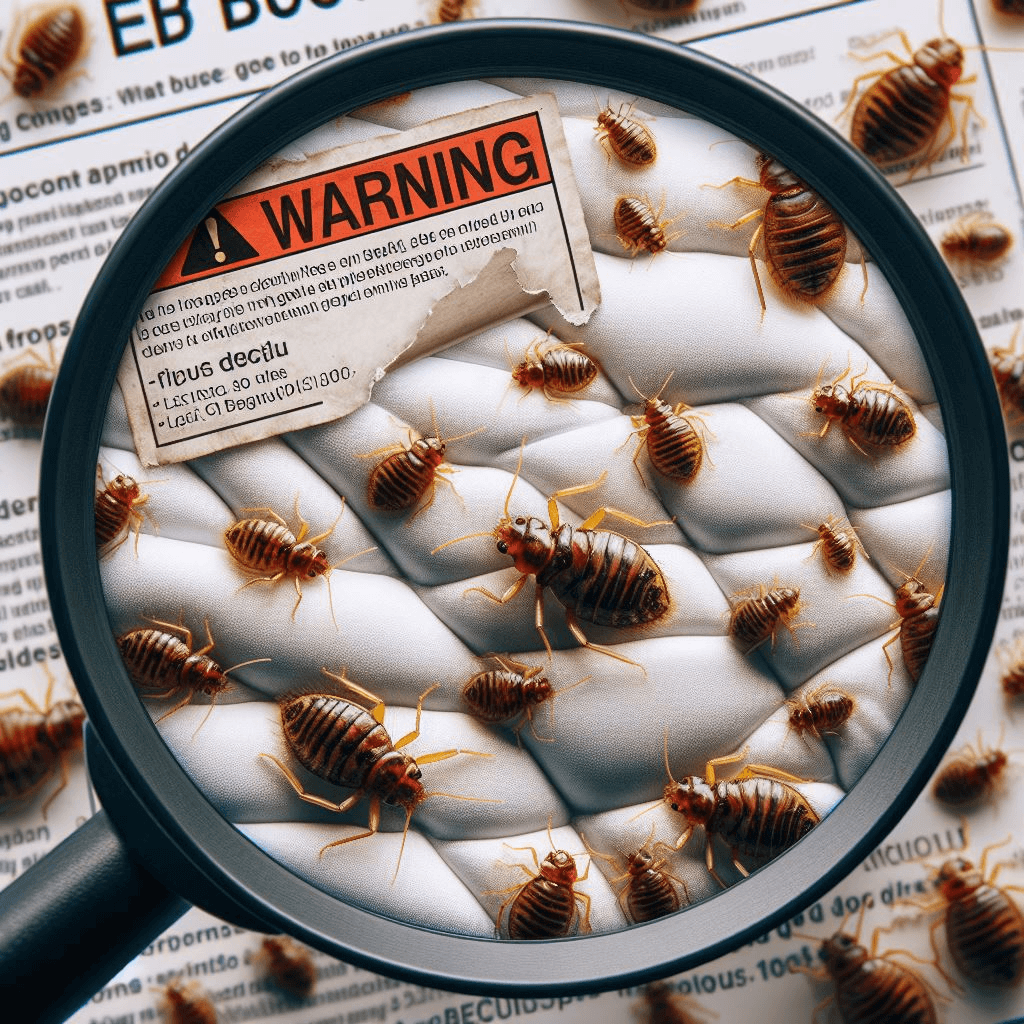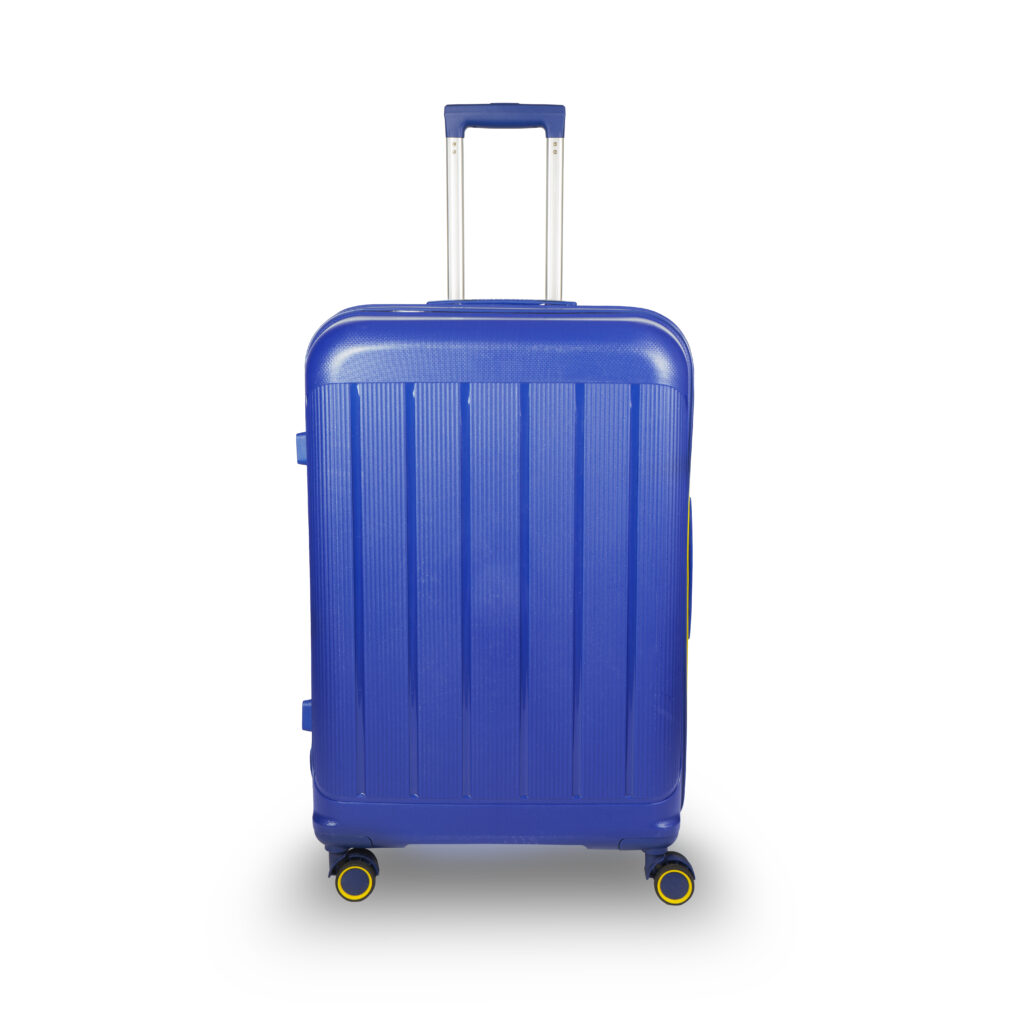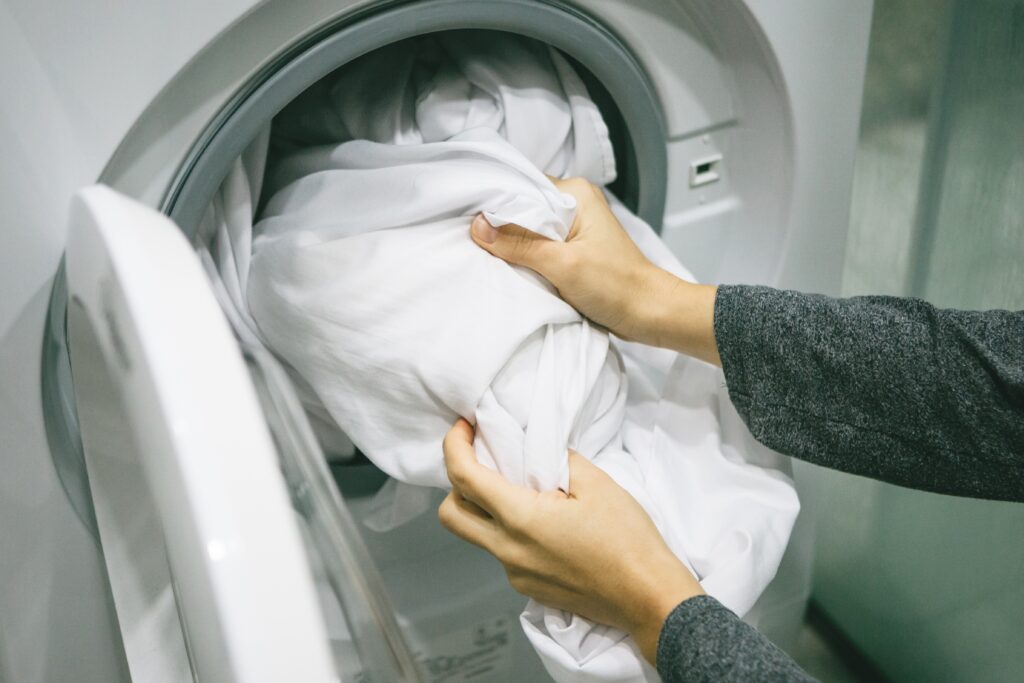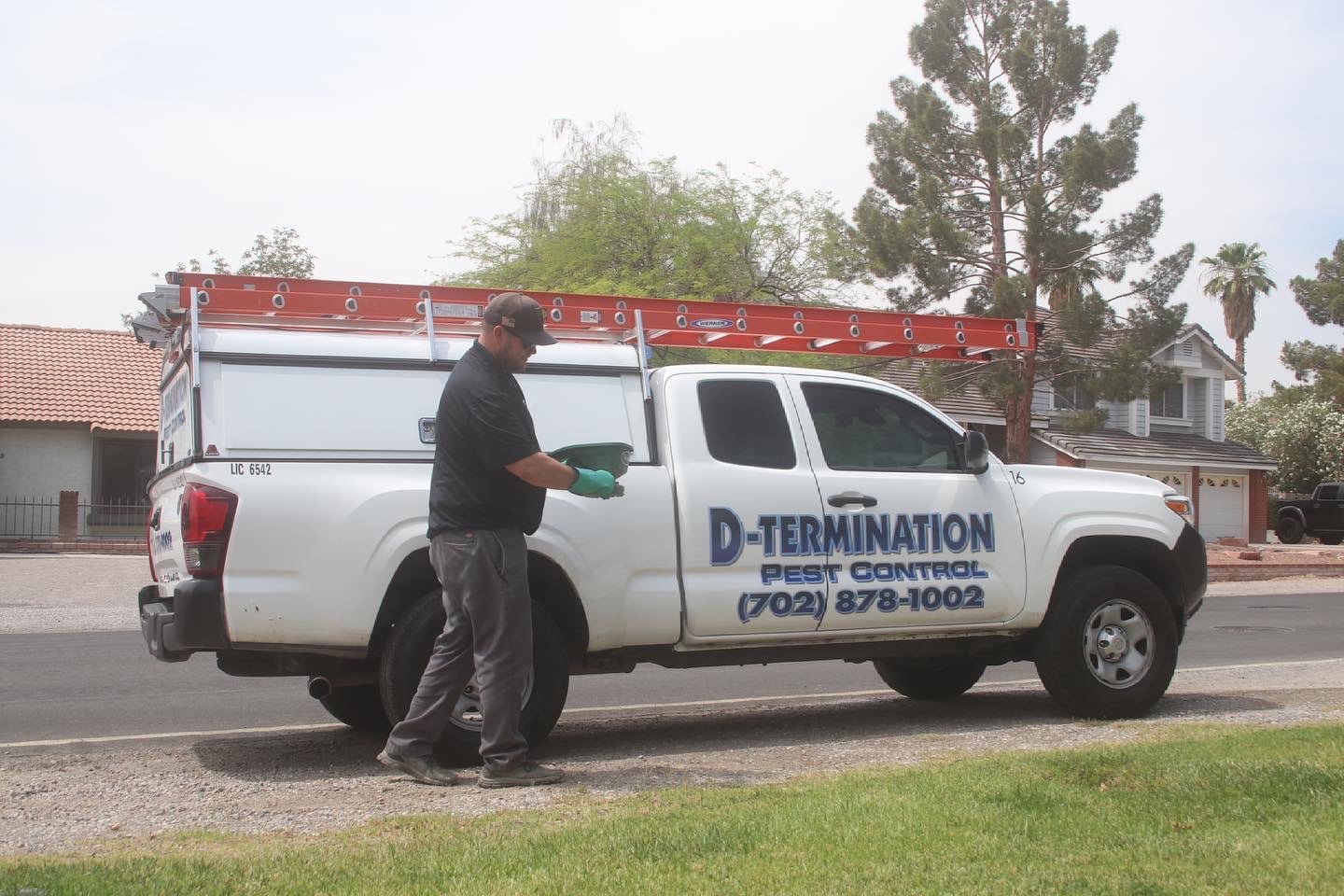Bed Bugs and the Luggage Menace
The Creepy Crawlers Invading Our Suitcases
Picture this: you return from a long-awaited vacation, excited to unpack your bags and revel in the memories of your recent adventure. But suddenly after just one night, your excitement transforms into horror as you discover uninvited guests lurking within your luggage—bed bugs.
Yes, those notorious blood-sucking pests have made their way into the travel world, and they’re more than happy to hitch a ride on unsuspecting travelers’ belongings. The growing concern of bed bugs infesting luggage during travel has become an unsettling reality for many globetrotters.
Take Control of Your Home: Equip yourself with the knowledge to combat bed bugs effectively. Explore our comprehensive guide, Mastering the Art of Bed Bug Eradication, and gain valuable insights into control and prevention strategies.
Why Protecting Your Luggage is Essential

Bringing home bed bugs from your travels might sound like something out of a horror movie, but unfortunately, it’s all too real. These tiny critters are experts at hiding in the seams and crevices of luggage, clothing, and other personal items.
Once they infiltrate your bags, they can easily accompany you back to your abode unseen. Even before settling into their new home in cracks and crevices around your bedroom or living room furniture, these resilient pests can cause havoc during their journey inside that innocent-looking suitcase.
Nobody wants to deal with a bed bug infestation—those itchy bites resembling mosquito marks can quickly escalate into a full-blown nightmare. Not only do these bites cause irritation and discomfort but eradicating an infestation can take time, effort, and money.
Prevention is undoubtedly the best course of action when it comes to avoiding this unwelcome souvenir from any trip. So how can one protect their precious belongings while on the move?
Fear not! In this article, we’ll explore practical tips and tricks to safeguard your luggage against bed bugs during travel.
From pre-trip preparations to in-room habits that deter them, we’ll leave no stone unturned in our quest to keep those pesky critters at bay. But first, let’s delve into the nitty-gritty of why bed bugs infesting luggage has become such a pressing concern in recent times.
Understanding Bed Bugs
The Tiny, Sneaky Pests Lurking in the Shadows
When it comes to understanding bed bugs, it’s crucial to grasp their appearance and behavior. These minuscule insects, usually measuring about 5-7 millimeters in length, are reddish-brown.
With flat oval bodies and no wings, they may resemble tiny apple seeds scuttling around. Bed bugs are primarily active at night and have a knack for hiding in crevices near beds or other furniture where humans spend a lot of time.
Nowadays, bed bugs have become notorious for their ability to hitch a ride on luggage and infest new environments. These crafty critters can easily switch rooms and latch onto your personal items without being detected.
So when you embark on an exciting travel adventure or even stay at a hotel for a few nights, beware! Your luggage becomes an unwitting vehicle for these blood-sucking pests to relocate themselves and infest fresh hosts.
A Free Ride: Bed Bugs’ Preferred Mode of Transportation
Bed bugs possess exceptional mobility skills that allow them to effortlessly crawl onto luggage or any other belongings left unattended near infested areas. They can sense the warmth emitted by humans and are adept at locating potential victims. Once they find their way into your luggage, it becomes the perfect hideaway spot as they nestle amidst clothing and personal items.
The key reason why bed bugs are so drawn to luggage is that it provides an ideal mode of transportation. Whether you’re staying in a hotel room with a bed bug issue or sitting next to someone who unknowingly carries them on their clothing during public transportation, these sneaky pests will seize any opportunity to move around unnoticed.
To protect yourself from these unwelcome travel companions, it’s essential to educate yourself about their appearance and behavior while understanding how easily they can hitch a ride on your luggage. By staying vigilant and implementing preventive measures, you can ensure a bug-free journey and safeguard your home from unwanted intruders.
Preparing Your Luggage Before Travel
Inspect your luggage for any signs of existing bed bug infestation
Before embarking on your journey, it is crucial to carefully examine your suitcases for any signs of these pesky critters. Bed bugs typically leave behind visible traces such as dark spots, blood stains, or even live insects. Start by inspecting the seams and corners of your luggage, as these are the favored hiding spots for these unwelcome pests.
Don’t forget to check the pockets and zippers of the vacuum bag too! If you encounter any indication of an infestation, it’s best to quarantine that particular suitcase and consider professional treatment options to avoid spreading the problem.
Use a protective cover or liner for your suitcase to create a barrier against bed bugs

An effective measure safeguard on how to protect your luggage from bed bugs while traveling is by utilizing a sturdy protective cover or liner specifically designed for this purpose. These covers act as an impenetrable shield, preventing any hitchhiking bed bugs from crawling into crevices or hiding in fabric folds.
When selecting a cover, ensure it completely encloses your suitcase without leaving any gaps. Opting for light-colored covers can also facilitate early detection if bed bugs are inadvertently introduced during travel.
Another useful tip is lining the interior of your suitcase with a large plastic bag before packing. This extra layer adds a barrier against potential infestations while allowing easy visual inspection throughout your journey.
Be diligent about sealing the plastic bag once you’ve packed all items inside. Remember that preventing contact between clothing and suitcases may help keep bed bugs at bay while maintaining peace of mind during your trip.
By implementing these preparatory measures, you significantly reduce the likelihood of bringing home unwanted souvenirs in the form of bed bugs. The next section will delve deeper into packing strategies that further minimize this risk and ensure a worry-free travel experience.
Packing Strategies to Minimize Bed Bug Risk

Opt for hard-sided suitcases with fewer hiding spots for bed bugs compared to soft-sided ones
When it comes to choosing the right suitcase, opt for a hard-sided one over a soft-sided counterpart. Bed bugs, those pesky hitchhikers, prefer cozy hiding spots, and soft-sided suitcases offer them plenty of nooks and crannies to snuggle into.
On the other hand, hard-sided suitcases provide a smoother surface that not only makes it difficult for bed bugs to find hiding spots but also easier for you to detect them during a thorough bed bug inspection. Additionally, while selecting a hard-sided suitcase, consider those with smooth finishes such as polycarbonate or ABS plastic.
These materials are less likely to have crevices or seams where bed bugs can lurk undetected. By minimizing their preferred hiding spots, you are significantly reducing the chances of bringing these unwanted stowaways home with you.
Pack clothing in sealed plastic bags to prevent direct contact with your suitcase
An effective way to create an extra layer of protection is by packing your clothing in sealed plastic bags. Not only does this prevent direct contact between your garments and the interior of your suitcase, but it also acts as an additional barrier against bed bugs. Plastic bags can make it harder for bed bugs to infiltrate and infest your belongings.
Before sealing each bag, ensure that all items are dry and free from any potential hitchhikers. It’s especially important not to store dirty clothes in plastic bags as they can attract bed bugs due to sweat or blood stains.
Adding dryer sheets or even a sprinkle of bug spray inside the sealed bags may act as further deterrents against these persistent pests. Remember that while using plastic bags helps protect your clothes from potential bed bug infestation during travel, regular inspections and thorough cleaning upon returning home remain crucial steps in ensuring you keep your luggage and belongings bed bug-free.
During Your Trip: Keeping Bed Bugs at Bay

Avoid placing your luggage directly on hotel beds or floors where bed bugs may be present
As you settle into your hotel room, resist the temptation to toss your luggage onto the bed or leave it sprawled on the floor. Remember, these are prime areas where bed bugs thrive and easily latch onto unsuspecting travelers’ belongings.
Instead, opt for a smart and simple precautionary measure: keep your luggage away from potential infestation zones. One of the best ways to prevent bed bugs from infiltrating your luggage is by using luggage racks or stands.
Look for sturdy metal options, as they offer fewer hiding spots for these pesky critters compared to fabric or wooden racks. By using luggage rack and elevating your suitcase off the ground, you significantly reduce the chances of any lingering bed bugs crawling their way into your belongings.
Utilize luggage racks or stands to keep your suitcase elevated and away from potential infestation zones
When choosing a suitable spot for your suitcase, it’s essential to be mindful of any clues that might indicate a bed bug issue. Take a moment to inspect the room carefully before settling in.
Look out for telltale signs such as tiny bloodstains on sheets or mattresses, dark fecal spots near crevices, or even dead bugs trapped in mattress seams. If you notice any suspicious signs of a possible infestation, alert hotel management immediately and request a different room.
Once you’ve found an insect-free environment within the hotel rooms in which to protect your luggage, position it securely on the metal rack or stand provided by the hotel. Ensure that all zippers are closed tightly so that no sneaky insects can crawl inside unnoticed.
By taking these precautions during your trip, you’ll minimize any chances of bringing home bed bugs and spare yourself from dealing with an unfortunate situation upon returning home. Remember that cleanliness is of utmost importance when it comes to keeping bed bugs at bay.
Avoid placing your dirty clothes near your suitcase, as bed bugs are attracted to the scent and may find their way into your belongings through soiled garments. Keep your luggage organized and separate your clean clothes from the dirty ones.
By maintaining good hygiene and following these simple practices, you can enjoy a worry-free travel experience without the fear of bringing home unwanted guests.
Returning Home: Preventing Bed Bugs from Spreading
Inspect Your Luggage Thoroughly before Bringing It Inside Your Home
After a trip, it is crucial to conduct a meticulous inspection of your luggage before bringing it into your home. Find a well-lit area and open your suitcase carefully, looking for any signs of bed bugs. Examine the seams, folds, and pockets of your bag thoroughly.
Look for live or dead bugs, shed skins, or dark spots that may indicate their presence. If you notice anything suspicious, take immediate action to prevent spreading the infestation further.
Remember to also inspect any other belongings that accompanied you on the trip. Items such as backpacks or purses can serve as hiding spots for bed bugs as well.
Wash and Dry All Clothing at High Temperatures Upon Returning from Travel

To eliminate any potential bed bugs or eggs that may have hitched a ride on your clothes, it is vital to take used clothes and wash and dry them at high temperatures immediately upon returning home. Place all clothing in sealed plastic bags until they can be laundered to prevent spreading any possible infestation within your house.
Be sure to follow the care instructions on each garment’s label and use hot water settings for washing if possible. Similarly, drying clothes at high heat in the dryer will help kill any lingering bed bugs effectively.
Additional Tips and Tricks
Consider Using Portable Garment Steamers or Dryer Sheets as Deterrents against Bed Bugs
If you wish to take extra precautions against bed bugs while traveling or when returning home, there are additional measures you can consider. Portable garment steamers can be an effective way to kill bed bugs on contact.
Simply aim the steamer at your luggage or clothing, ensuring the steam reaches all potential hiding spots. The high temperatures will eliminate any bed bugs or eggs present.
Alternatively, you can also place dryer sheets in your suitcase or among your clothes. While not proven to repel bed bugs completely, some individuals claim that the strong scent of dryer sheets may act as a deterrent and make your luggage less appealing to these pests.
Research and Invest in Specialized Products like Insect Repellent Sprays Designed Specifically for Luggage Protection
If you frequently travel to areas known for bed bug infestations or want an extra layer of protection, consider researching and investing in specialized products designed to repel and deter bed bugs from infesting your luggage. Insect-repellent sprays formulated specifically for this purpose can be applied to your bags before and during travel, creating a barrier that discourages bed bugs from approaching.
Make sure to read and follow the instructions provided by the manufacturer when using these products. It is important not to oversaturate your belongings or expose yourself unnecessarily to chemical substances.
Unusual Facts about Bed Bugs
The History of Bed Bugs
Did you know that bed bugs have been tormenting humans for thousands of years? These elusive pests date back to ancient times when even Egyptian pharaohs encountered them! Bed bug fossils have been discovered in archaeological sites dating back more than 3,500 years.
In fact, during World War II, bed bug infestations were so widespread that they became a significant concern for soldiers fighting on the front lines. This led to extensive research on their behavior and control methods.
Conclusion
Protecting your luggage from bed bugs while traveling is essential for ensuring a pest-free return home. By conducting a thorough inspection of your bags before bringing them inside and promptly washing and drying your clothes, you can significantly reduce the risk of spreading any potential infestation. Additionally, considering extra measures to avoid bed bugs, such as garment steamers or specialized insect repellents adds an extra layer of protection.
Remember, prevention is always easier than dealing with a full-blown bed bug infestation. So adopt these practices consistently to enjoy worry-free travel experiences, knowing that you are taking proactive steps to safeguard yourself and your home from these pesky pests.
Say farewell to bed bugs with D-Termination: The premier pest control in Las Vegas!

Are you facing the challenge of bed bugs in Las Vegas? Don’t worry, D-Termination is here to assist you. Our skilled team specializes in eradicating bed bug infestations and bringing back comfort to your living area. Choose D-Termination today for effective pest control and bid adieu to bed bugs!
To book your bed bug control service and reclaim your space from these resilient pests, reach out to us at 702-919-6310 or visit dtermination.com.
Frequently Asked Questions:
Bed bugs can survive in checked luggage, as they have the ability to hide and remain undetected until reaching their destination.
Ziplock bags or similar containers can help contain bed bugs and prevent their spread, but they are not completely foolproof. Bed bugs may still find small openings or hitch a ride on items placed inside the bags.
While it is possible for bed bugs to spread on an airplane, the risk of infestation during a flight is relatively low. Bed bugs are more likely to infest luggage or personal belongings rather than actively moving from passenger to passenger.
The prevalence of bed bugs on airplanes is generally considered to be low. However, isolated incidents of bed bug sightings on planes do occur, and airlines typically take prompt action to address such situations.
If you found this article to be of interest, you may also find the following recommended readings worth exploring:
Unveiling the Art of Bed Bug Prevention: A Masterful Guide to Safeguard Your Home
Shielding Sanctuaries: A Comprehensive Guide to Bed Bug Prevention in Hotels and Accommodations








